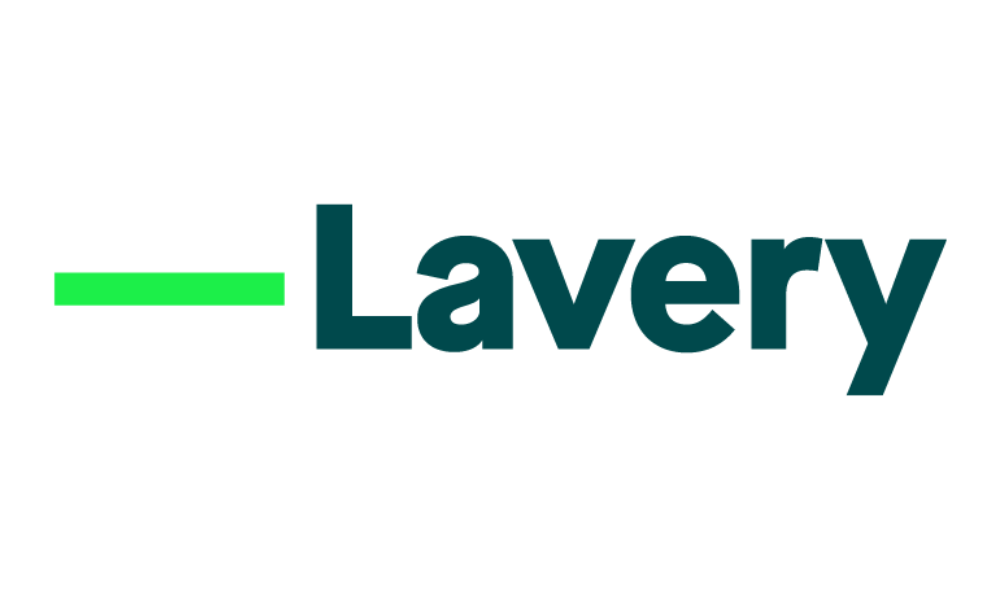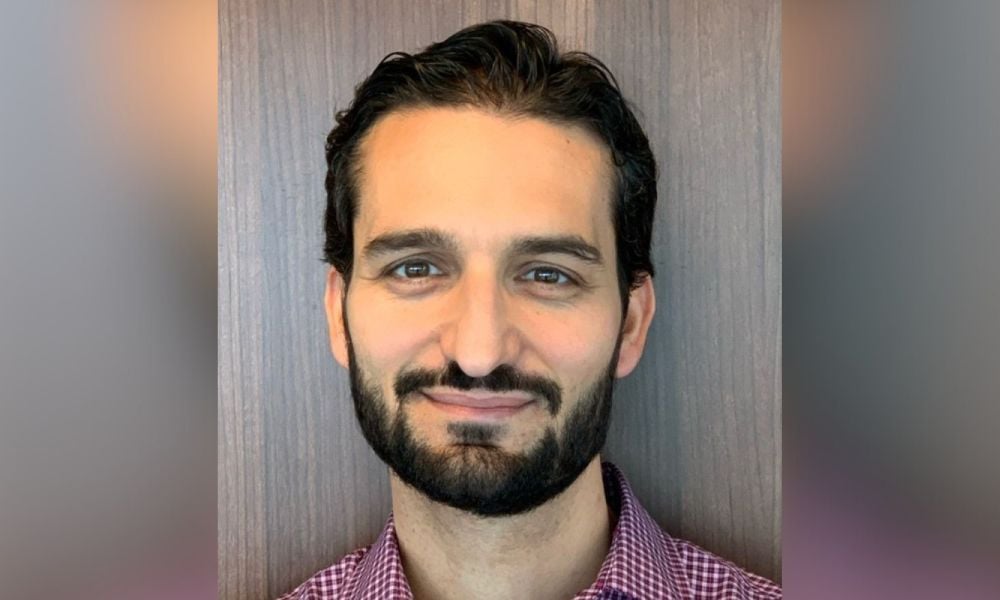Nemaska Lithium is building an electrochemical plant and spodumene mine in Québec. The closing of a $1.1-billion financing package in May — the largest in the global industry to date — created a big buzz among domestic and foreign investors alike.
Lexpert: What challenges were involved in putting this project financing package together?
MARC DAGENAIS, Vice President, Legal Affairs & Corporate Secretary, Nemaska Lithium: They were numerous, including size; complexity of structure — an audacious mix of a bought deal public offering, bond issue, private placements and a streaming agreement; industry, with lithium not being a traded commodity such as gold or copper and this project not being a mining project per se, but rather an electrochemical plant with its own source of raw material; and a very small internal team. In addition, Nemaska Lithium is a single-project company having yet to generate any commercial revenue, which arguably made the investment proposition riskier for investors and lenders.
PHILIPPE FORTIER, McCarthy Tétrault LLP, for Nemaska Lithium (Orion streaming agreement, SoftBank private placement): The magnitude of the financing required many different sources of financings, many supported by international investors. Throughout its financing phase, Nemaska considered many different strategies. The ultimate financing package resulted in a series of complex and interrelated sources of financings for an aggregate amount of $1.1 billion, comprised of strategic investment and supply arrangement with the Japanese conglomerate SoftBank; a streaming financing with Orion Mine Finance; a private placement with Crown corporation Ressources Québec; a prospectus offering by way of a bought deal; and an offering of Nordic bonds.
PETER DANNER, Torys LLP, for Orion Mine Finance: The financing package included the world’s first lithium stream agreement. Stream agreements are complex even in their simplest form. Where you are also dealing with a commodity or sales structure for the first time, it raises a host of novel legal and commercial issues that need to be worked through. In this case, we had to do that all within the context of a broader, multi-faceted financing package.
Lexpert: What was the most challenging aspect of working on this?
NANCY CHOI, Cassels Brock & Blackwell LLP, for the Underwriters on the public offering, and the Bondholders’ Agents and Trustee on the bond offering: Likely the timing — lining up each element of the financing package, ensuring the bond and equity offerings could be undertaken during favourable market conditions and also negotiating deal points throughout a fluid transaction process to ensure that the deal terms being settled between parties on any one element of the financing package — would not compromise our clients’ position.
RICHARD PROVENCHER, Stein Monast LLP, for Nemaska Lithium (public offering, Ressources Québec private placement and bond offering): Making consensus on every step, as well as aligning and coordinating all aspects of this complex financing package with the idea that it had to close on one specific date. Many professionals from the mining sector but also from the intellectual property and surety fields were involved, all of whom had requests specific to their field of expertise that had to be satisfied.
DAGENAIS: The coordination of different teams involved in negotiating, drafting and finalizing very complex arrangements, from confidentiality agreements, term sheets, MOUs up to the very detailed definitive documentation, all the while negotiating and concluding offtake agreements, which was done internally, and also working with senior management colleagues to build the organizational structure and enhance our corporate governance practices to foster a proper transition from a junior exploration outfit towards a producing company. In addition, all this needed to happen within a relatively tight window of opportunity.
FORTIER: One of the most challenging portions was ensuring that the pieces of this financing puzzle all fit together. Each source of funds had its own complexities and requirements, which at times could conflict with each other. At the same time, we were trying to complete one of the largest and most complex project financings in what had become an increasingly volatile market. There was a window to complete the financings that could not be missed. It was therefore a delicate balancing act to focus the real value drivers for Nemaska while maintaining the momentum. … With regards to the streaming agreement, the fact that lithium is not traded on a liquid market with indexed pricing created some challenges and charted new territory.
Lexpert: Can you go into more detail about the various elements?
DAGENAIS: For the public offering, it is no small feat for a resource company not generating any revenue to raise that amount of equity proceeds through a bought deal. This challenge was increased by having to finalize Ressources Québec’s private placement simultaneously. The Nordic bond offering was essentially realized outside Canada and its mechanics were challenging. We also secured a strategic investment from SoftBank Group Corp., with an agreement granting it a right of first offer on future sales, which also proved quite a challenge to negotiate.
PROVENCHER: We decided with the Corporation to proceed with the public offering through a prospectus supplement to a short-form base shelf prospectus to facilitate and speed up the closing process. The bond offering has been made on a private placement basis through an Offering Memorandum and the $80-million private placement through a subscription agreement. All common shares were electronically issued using electronic registration method in Canada and a similar process was used for the bonds in Norway.
FORTIER: We initially closed the strategic investment with SoftBank, together with an offtake arrangement, by way of subscription receipts and also executed the stream financing with Orion. These financing arrangements — conditional upon Nemaska completing the remaining equity and bond financings — with two highly recognized strategic investors brought credibility to Nemaska’s financing strategy and facilitated the completion of the subsequent equity and bond financings.
DAGENAIS: While the final financing structure involves several components, we had examined a much higher number of financing options. Throughout this lengthy process, we covered the whole gamut of alternatives, from plain vanilla bank credit facility to private equity investments and strategic partnerships. These endeavours involved — among other things — numerous due diligence reviews which, in turn, brought us to undertake and file with Sedar a new 43-101 feasibility study that extended the mine life and increased the overall mine and plant production.
FORTIER: The objective of the overall financing was to finance the construction of the electrochemical plant and the mine construction, two very different operations with different risk profiles. Throughout this process, Nemaska’s financing efforts attracted significant interest from numerous investors across the globe, so Nemaska engaged actively with many different potential investors internationally. The interest in Nemaska’s product was significant and it had to consider numerous potential sources of financings to determine which combination of financings was the best for its shareholders.
PROVENCHER: In-house counsel Marc Dagenais made tremendous efforts for a complete year to finally come to this deal. On our end, most of the work was done on a really tight schedule, with the kick-off in February [2018]. We worked around the clock with the management team and McCarthy Tétrault to coordinate all five transactions of the financing package. A staggering number of agreements of all kinds and due diligence sessions had to be custom-made for all parties involved given the stakes were different from one to another. We also had many work sessions with the Toronto Stock Exchange and the Autorité des marches financiers to make sure all strings were perfectly attached.





